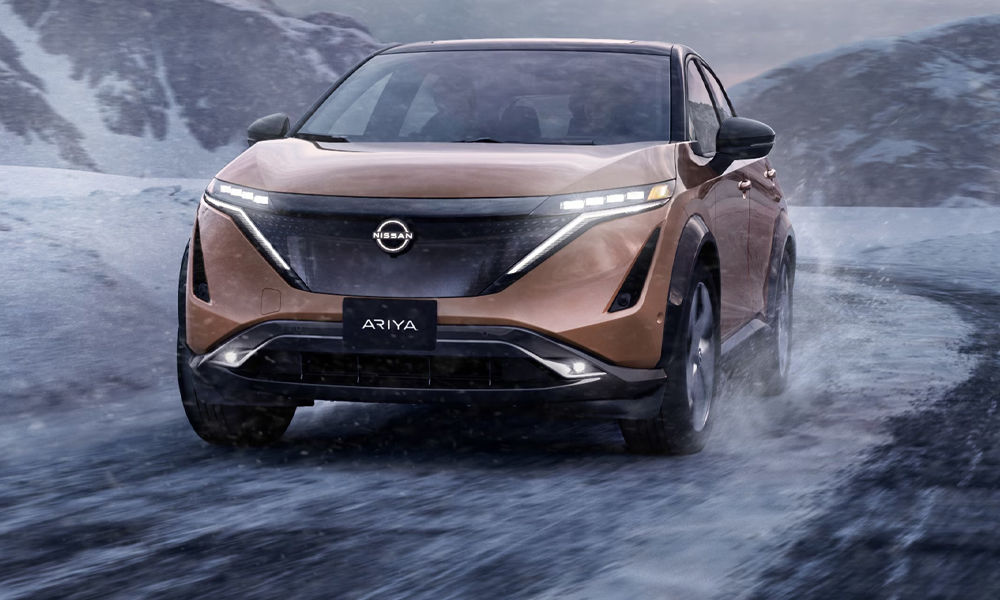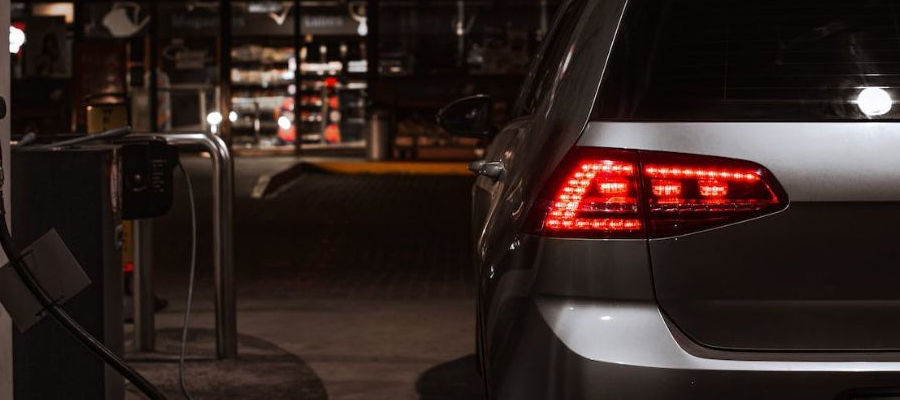November 01 2022,

Electric vehicles (EVs), plug-in hybrid electric vehicles (PHEVs), and hybrid electric vehicles (HEVs) are all types of vehicles that use electricity as a primary or supplementary source of power. However, there are important differences between these types of vehicles, which are determined by their power source, range, and charging capabilities.
KEY DIFFERENCES
ELECTRIC VEHICLES (EVS)

EVs run purely on electricity and have no internal combustion engine. They are charged from an external power source, typically through a charging station or a regular wall outlet, and have limited ranges that are determined by their battery capacity. Once their batteries are depleted, EVs must be recharged.
PLUG-IN HYBRID ELECTRIC VEHICLES (PHEVS)

PHEVs, on the other hand, feature an electric motor as well as an internal combustion engine. They can be charged from external power sources, and their batteries can power them over limited ranges, usually around 60 kilometres. Once their batteries are depleted, the PHEVs’ internal combustion engine takes over and continues to power the vehicle.
HYBRID ELECTRIC VEHICLES (HEVS)

HEVs are equipped with both an electric motor and an internal combustion engine, but they differ from PHEVs in that the electric motor is only used to assist the engine. The electric motor is not capable of powering the vehicle on its own, and the battery is charged through regenerative braking as well as through the internal combustion engine.
ENVIRONMENTAL AND FINANCIAL IMPACT
EMISSIONS

EVs are the cleanest of the three electric variants, as they produce no emissions. PHEVs are also relatively clean, as they produce fewer emissions than traditional vehicles and can be run in electric-only mode for short trips. HEVs produce emissions like traditional vehicles do, but the use of the electric motor to assist the internal combustion engine can reduce fuel consumption and emissions.
COST

Though the initial price of an electric vehicle (EV) may be slightly higher, owners can benefit from government rebates and lower long-term maintenance costs, in addition to significant savings on gas. EVs tend to be the most expensive of the three variants, followed by PHEVs and HEVs, which are usually the most affordable.
CONCLUSION

In conclusion, the main difference between PHEVs, EVs, and HEVs lies in their power source, range, and charging capabilities. EV and PHEV are both environmentally friendly and produce fewer emissions than traditional vehicles, while HEVs offer better fuel efficiency. Ultimately, the choice between these types of vehicles will depend on individual driving habits and requirements, as well as available budget.

 Canadian-Owned and Operated Since 1985
Canadian-Owned and Operated Since 1985